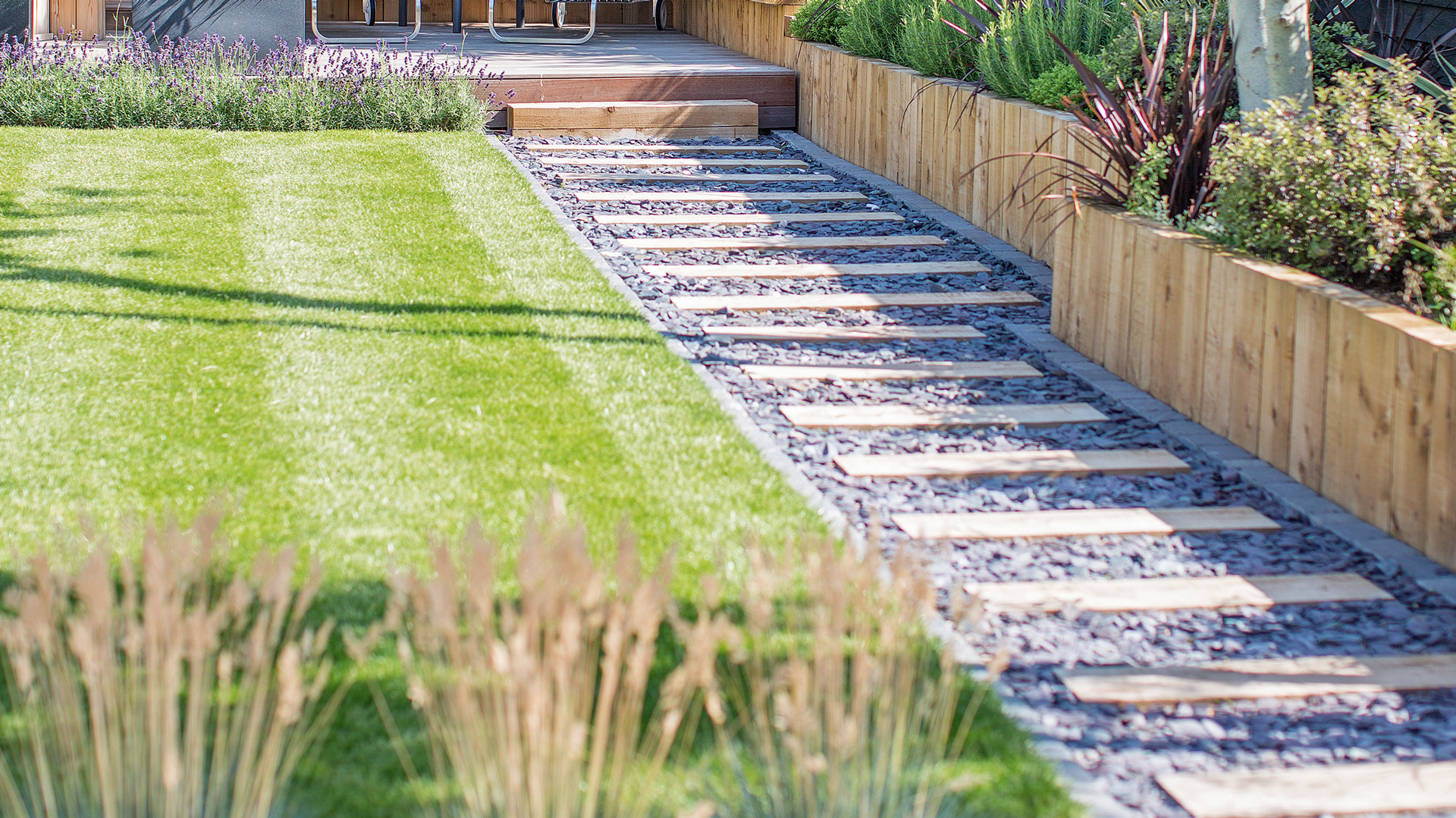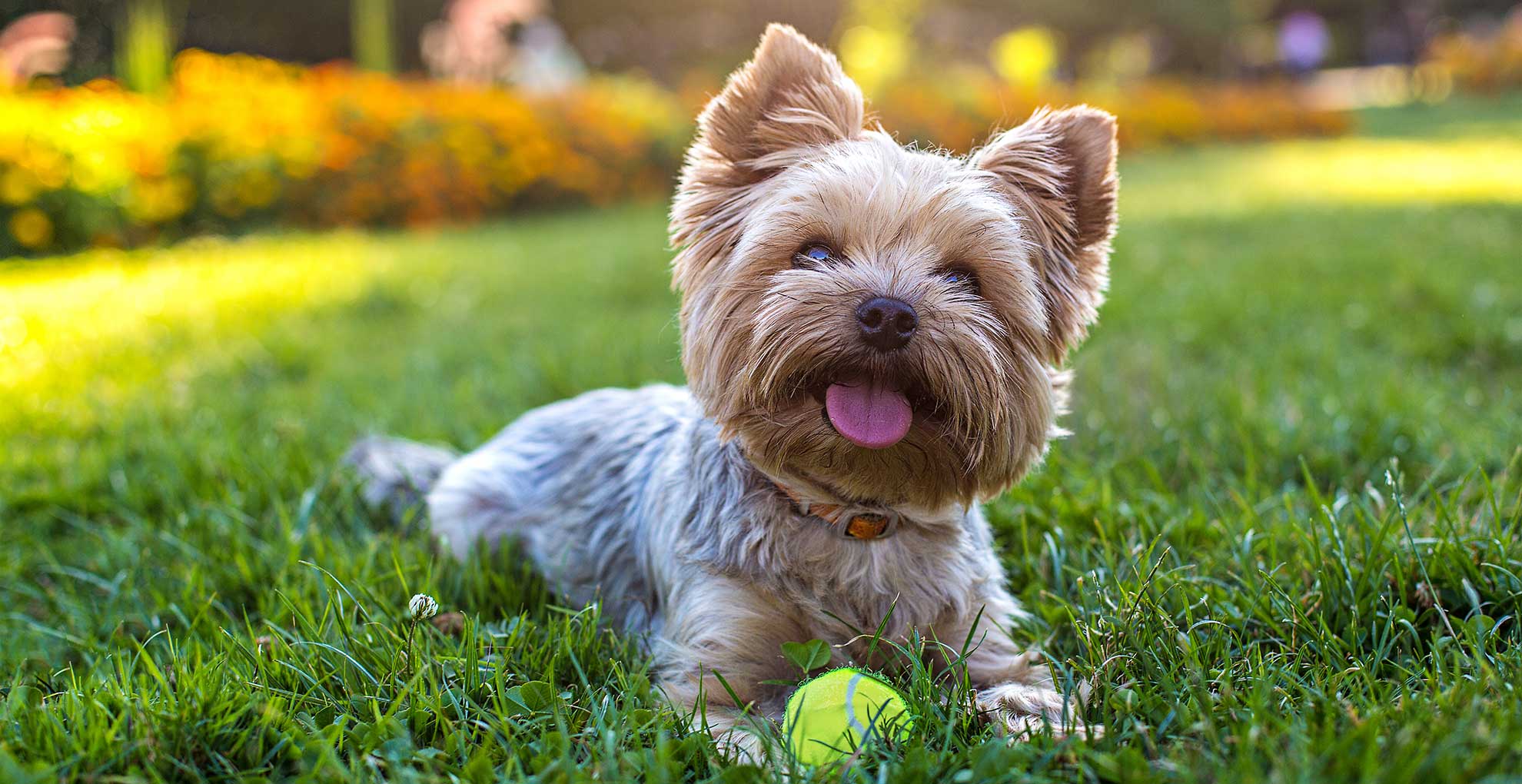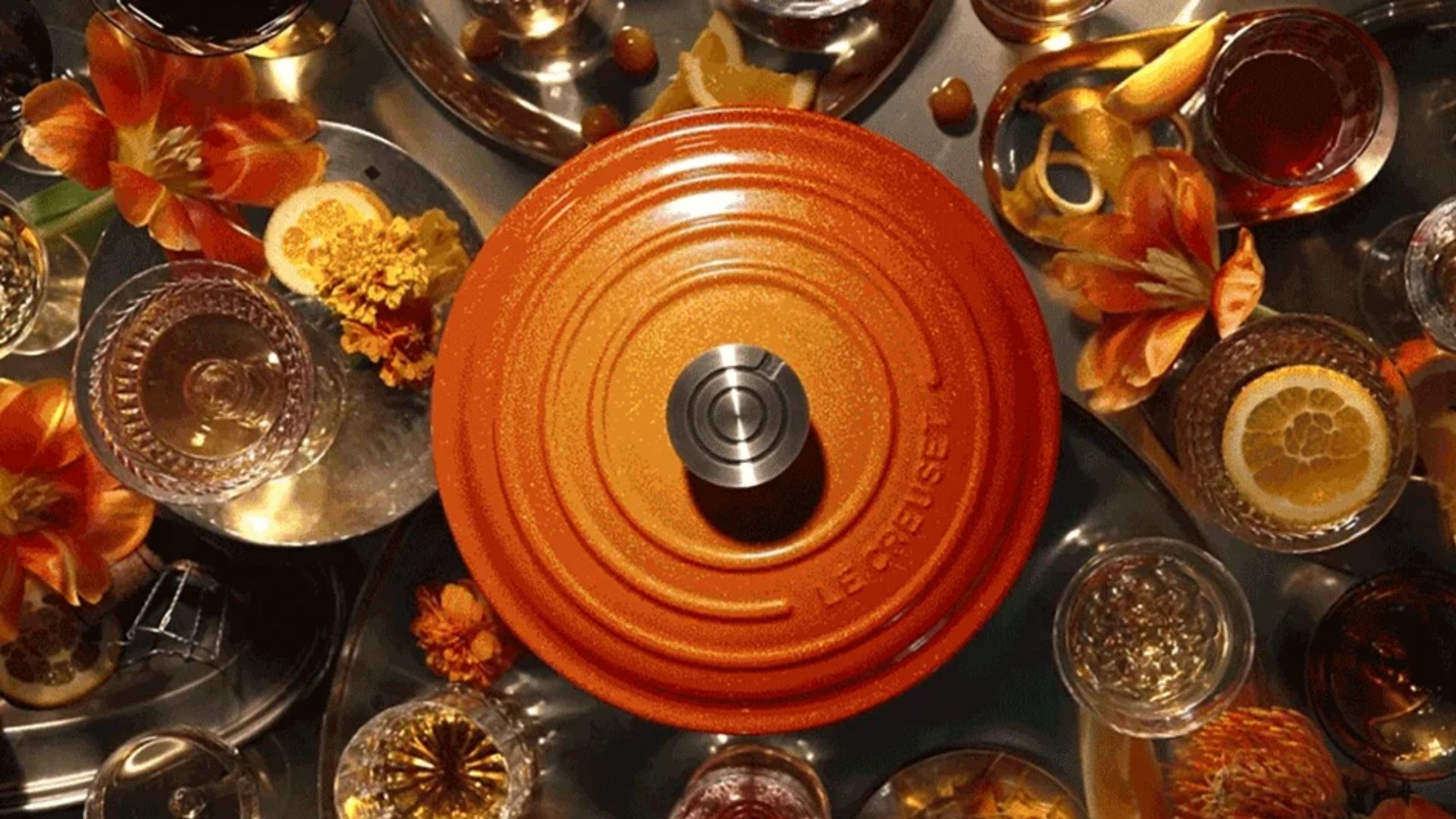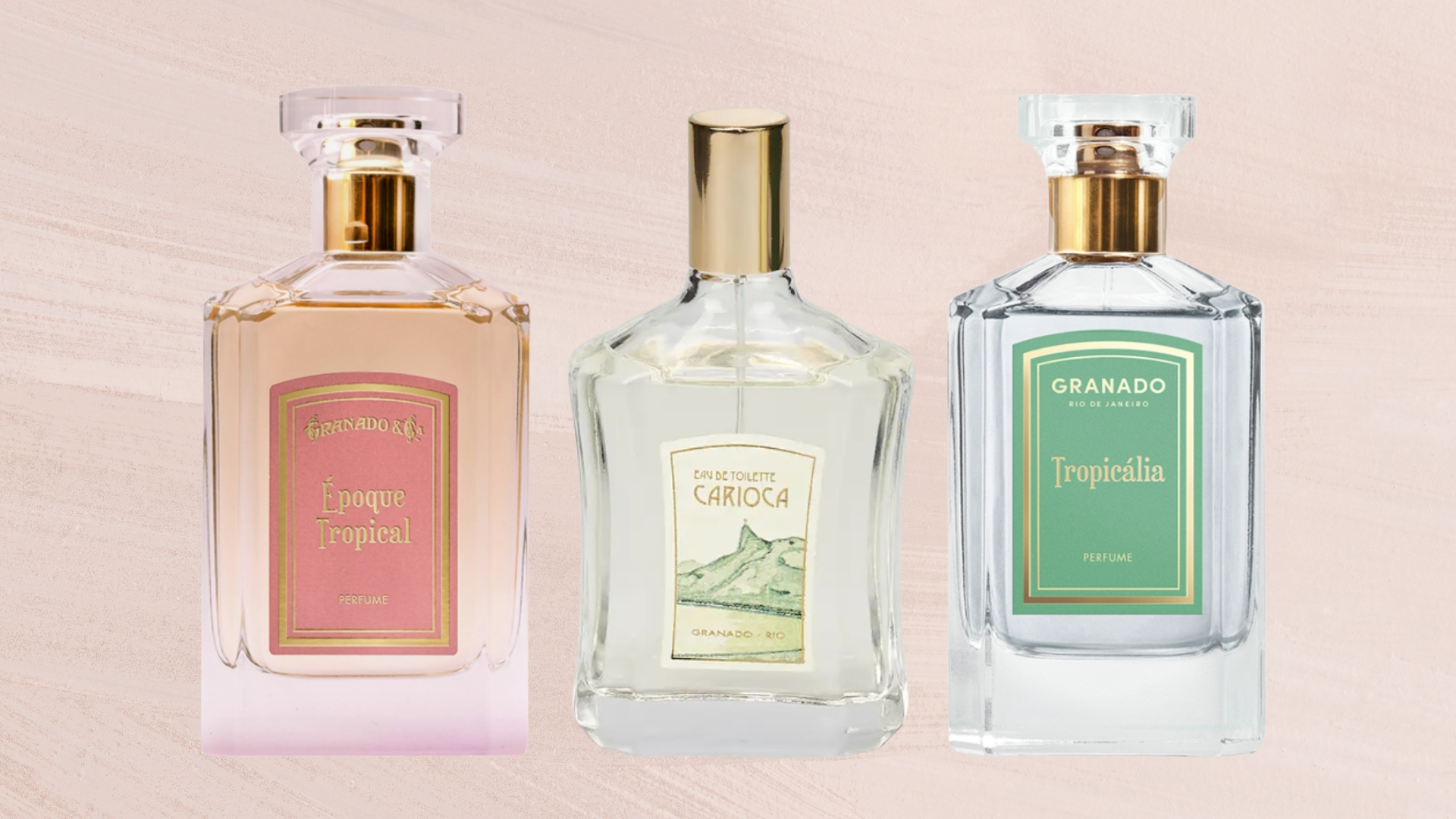What to do if your lawn is yellow: experts reveal what causes it and how to fix it
Follow the advice of lawn experts to restore yellowing grass back to a vision of healthy luscious green


Keen to know what to do if your lawn is yellow? And curious to find out what's causing it. We've asked grass experts to share their pearls of wisdom to identify the problem and offer advice on how to restore yellowing turf back to full health.
Do you find yourself confronted with a yellowing lawn despite your best efforts to nurture it and keep it looking its best? You're not alone because yellow grass is not uncommon due to any number of common lawn care mistakes that are all too easy to make.
A patch of grass can become discolored if you're failing to mow the lawn as often as you should or if you're failing to fertilize with accurate frequency or simply not watering your lawn at the best time. But how do you know which it is?
We've consulted lawn experts to discover what exactly could be causing the yellow patches and how to remedy the problem so your lawn is restored to lush green grass in no time.
Why is my lawn going yellow?
If you find yourself questioning why your lawn is going yellow fear not, you're not alone – and it's way more common than you think.
Firstly it's important to identify the cause before you can correct it. These are the most common reasons, in no particular order, why a lawn might be yellow...
- Nutrient deficiencies
- Dehydration
- Not mowing efficiently enough
- Soil compaction
- Pets using the lawn as a toilet
Below our panel of experts provides a more thorough explanation of each problem to help you identify which of these is causing your lawn to go yellow so you can stop it from happening in future.
Sign up for the woman&home newsletter
Sign up to our free daily email for the latest royal and entertainment news, interesting opinion, expert advice on styling and beauty trends, and no-nonsense guides to the health and wellness questions you want answered.
1. Your lawn needs to be fertilized

The condition of the soil in your garden will affect the health of your lawn, therefore fertilizing your lawn is a key factor in reviving yellow patches. "Not getting enough soil nutrients is a common reason your grass could be dying in patches and appearing yellow," explains Chris McIlroy, a grass expert at The Grass People.
"Soil that is low in nutrients won’t give your grass the best foundation on which to grow," Chris warns. "Unfortunately, this will weaken your lawn, and it will be more vulnerable to pests, fungus, and lawn diseases."
Chris adds: "A well-fed lawn will maintain its health, grow thick, and look vividly green and healthy, and feeding your lawn with fertilizer is an easy way to bring your grass back to life."
2. Improper watering
Getting the balance right of how long you water your lawn is key to avoiding yellow discoloration. "A lawn might be going yellow could be too much or too little water," explains Jay Betts, a grass expert at lawn care specialists LawnStarter.
"This can easily be solved by installing an irrigation system with a timer or having a schedule that allows the lawn to be watered one to two times per week and in the morning," Jay explains.
"Also areas of your lawn that are not getting enough water will likely show dying patches of grass," says Chris. Especially in areas of your garden that could be sheltered by buildings or trees, which may be preventing your lawn from getting enough water."
"It’s also worth mentioning that during periods of milder weather, there may not be much rainfall (or any at all) for weeks. This is more common in spring and summer and could also be combined with warmer temperatures, further increasing your lawn’s need for moisture."
"Keep an eye on your local weather forecast, especially if you see patches of yellowing and dead grass appearing when the better weather arrives because it could be a sign that your lawn needs watering."
3. Poor mowing routine

It's not just how often you mow your lawn that is important but also how you do it is crucial in maintaining healthy grass. Despite mowing being a seemingly straightforward task, if it isn’t done correctly, you might end up making your lawn look worse.
Explaining why it turns yellow Jay says: "When the grass is cut too short, you inhibit its process of photosynthesis by reducing the needed surface area on each grass blade for photosynthesis to occur. Unless the lawn is overgrown, you want to cut about one-third of the total height when mowing the lawn."
Chris also warns: "Using a lawnmower with blunt mowing blades can badly cut your grass and leave the tips of it haggard and rough, this will cause the tips to start going yellow. While grass will recover from this, it is best to avoid letting it happen in the first place by servicing your lawnmower blades before the start of each mowing season."
4. Soil compaction
When the soil has no room the breathe so to speak it can soon start to discolor, which is why aerating your lawn is so important when it's showing signs of stress.
"Soil compaction is another reason lawns will start yellowing," says Jay. "If you can’t remember the last time the lawn was aerated then it's time you or a professional do so as not doing so will prevent the grass roots below the surface from absorbing the nutrients and water it needs."
5. Dog pee damage

While we love our pets and they need somewhere to go to the toilet, it could be the reason why your lawn is yellow because the ammonia in their pee can wreak havoc with the acidity levels in your grass.
"Dog urine contains a form of nitrogen known as urea which can act as a fertilizer but like everything, too much of anything is not good and dogs like to urinate in the same spot," Jay explains. "This exposes the grass to an excess of nitrogen which will cause it to turn yellow."
"If you suspect that dog pee is causing your grass to die in patches, you can try training your dog to use only one area of your garden," suggests Chris. "Then you can water that area with the garden hose or a watering can. Doing this will dilute the nitrogen in the urine and encourages your grass to grow green again."
Will yellow grass go green again?
With the right care, your grass should go green again. "The short answer is yes, yellow grass will go green again," confirms Jay. "Usually, the yellowing of grass can be traced back to improper nutrition and watering. Rarely do we see lawns that need complete re-seeding or the installation of new grass which can be expensive."
However, Jay adds: "In the case that someone has been diligent with watering and fertilizing and the grass is still yellowing, I would suggest looking at the USDA Plant Hardiness Zone Map and reseeding the lawn with a different grass type that can thrive in that specific location."
But all-in-all the good news is that all is not lost if your grass is yellow because it can soon be restored to glorious green by upping your lawn care routine or seeking expert guidance in more severe cases.
How to fix yellow patches on your lawn
Ultimately a good care routine is the best way to fix any yellowing in your lawn. "Taking time to water your lawn correctly, providing it with the right nutrients through a fertilizer, and keeping an eye out for your dog peeing on your lawn will all help to keep your lawn green and stop it from going yellow," says Chris.
It's a case of being patient, as Jay explains: "It will be a process of elimination in figuring out what’s causing it to turn yellow and addressing it. Once you have narrowed down what’s the cause of the yellowing, getting the lawn back to a green lushes state should not be too hard."
"I recommend people start by making sure their lawn is getting enough water and nutrients (fertilizer) and if so then they can look into aerating and overseeding as the next steps."

Tamara is a highly experienced homes and interiors journalist with a career spanning over 22 years. Now the Lifestyle Editor of womanandhome.com, she previously spent 18 years working with the style teams at Country Homes & Interiors and Ideal Home. With these award-winning interior teams, she gained a wealth of knowledge and honed her skills and passion for styling and writing about every aspect of lifestyle and interiors.
A true homes and interiors expert, Tamara has been an ambassador for leading interior brands on multiple occasions, including appearing on Matalan’s The Show and presenting at top interior trend forecasting events such as the Autumn Fair and Spring Fair.
-
 Le Creuset has taken the gold standard literally — their 100 year launch features real gold and an iconic designer collaboration
Le Creuset has taken the gold standard literally — their 100 year launch features real gold and an iconic designer collaborationLe Creuset have turned 100 years old and to celebrate they have launched a new colour — Flamme Dorée — as well as a coffee table book with designers Assouline
By Laura Honey Published
-
 This chic, Brazillian perfume brand is our beauty team's secret to smelling expensive and unique
This chic, Brazillian perfume brand is our beauty team's secret to smelling expensive and uniqueFrom salty accords to modern twists on tuberose, there's a Granado perfume for every preference - but these 9 blends have our heart...
By Naomi Jamieson Published